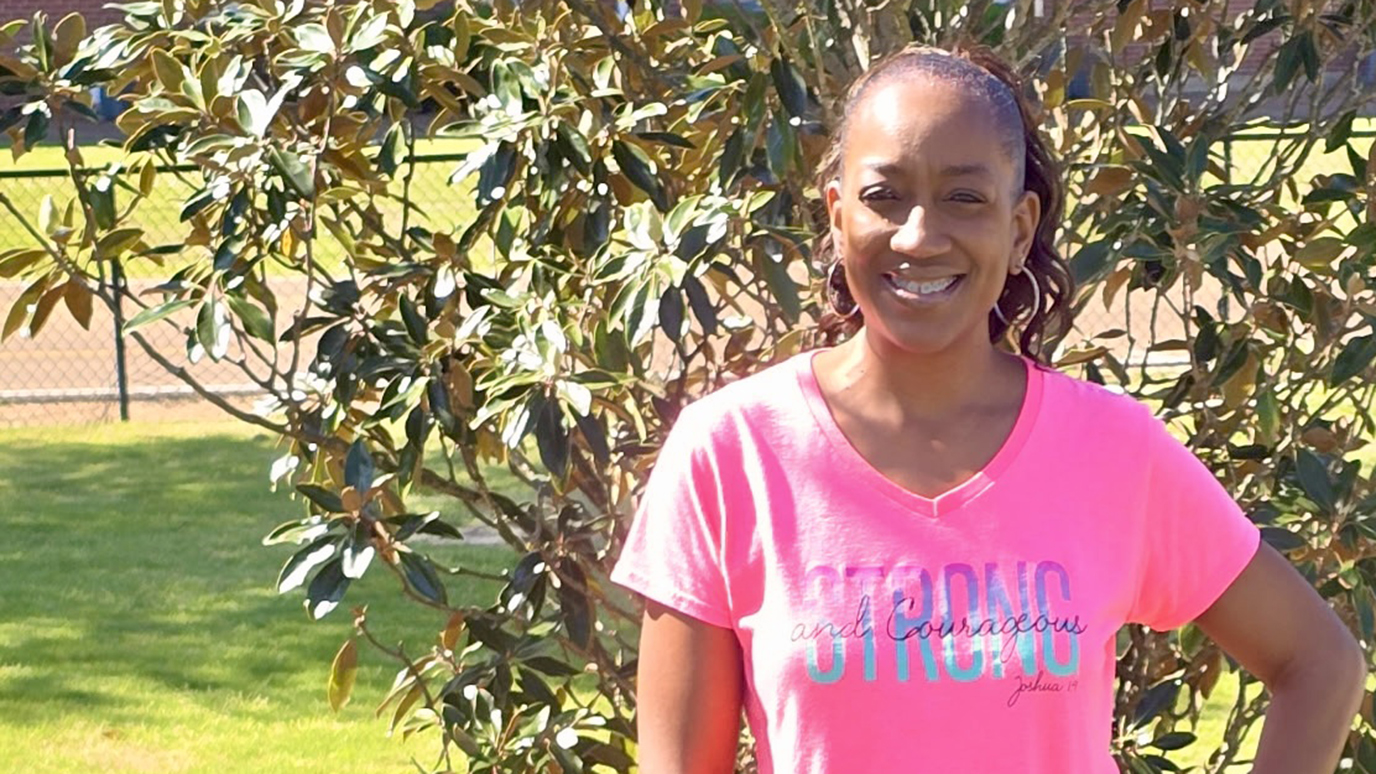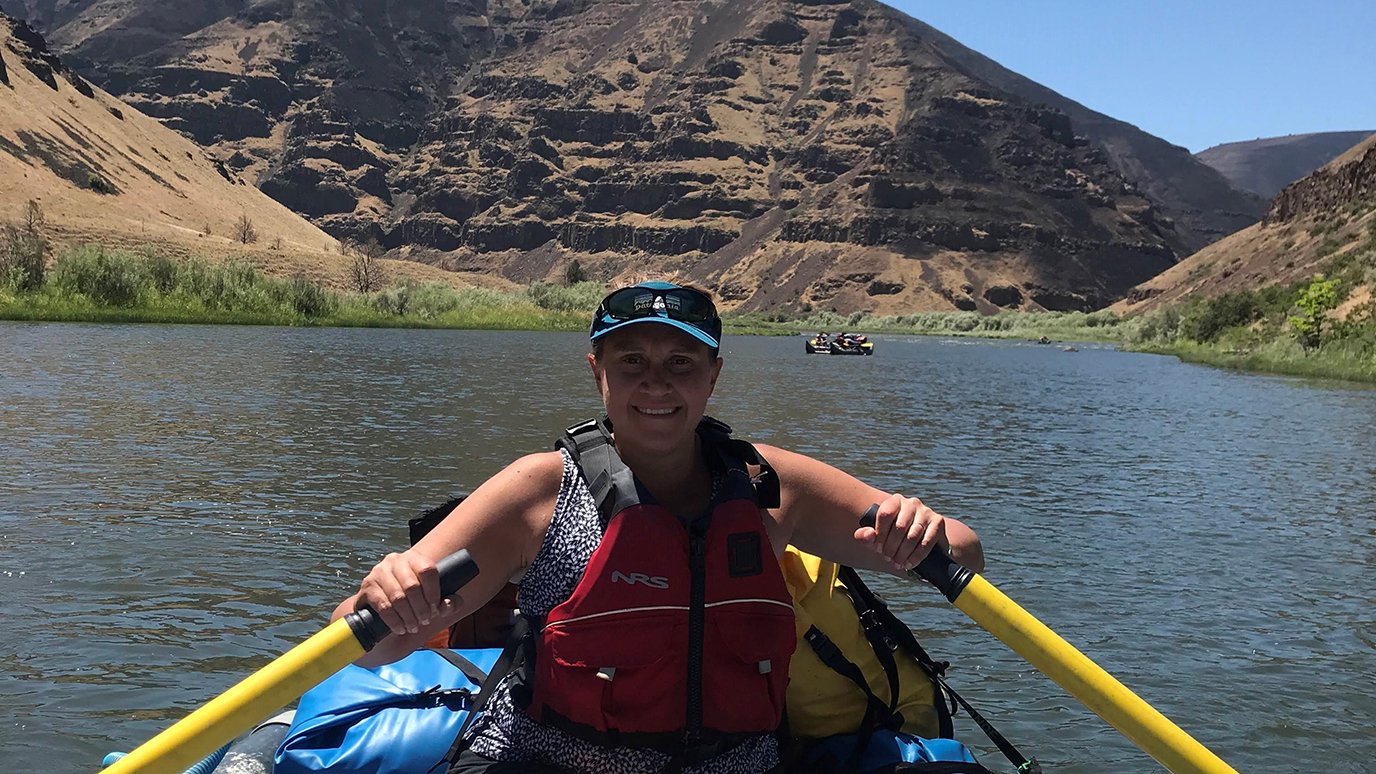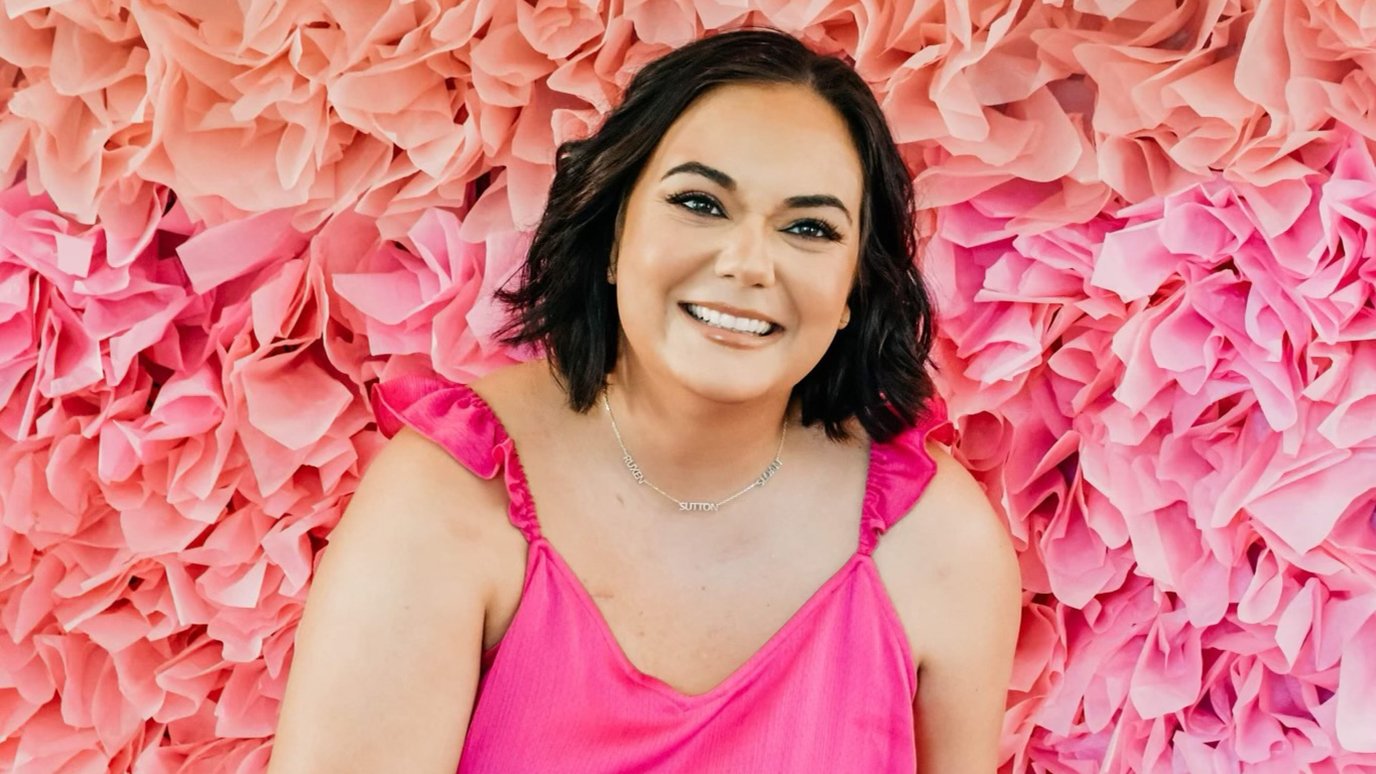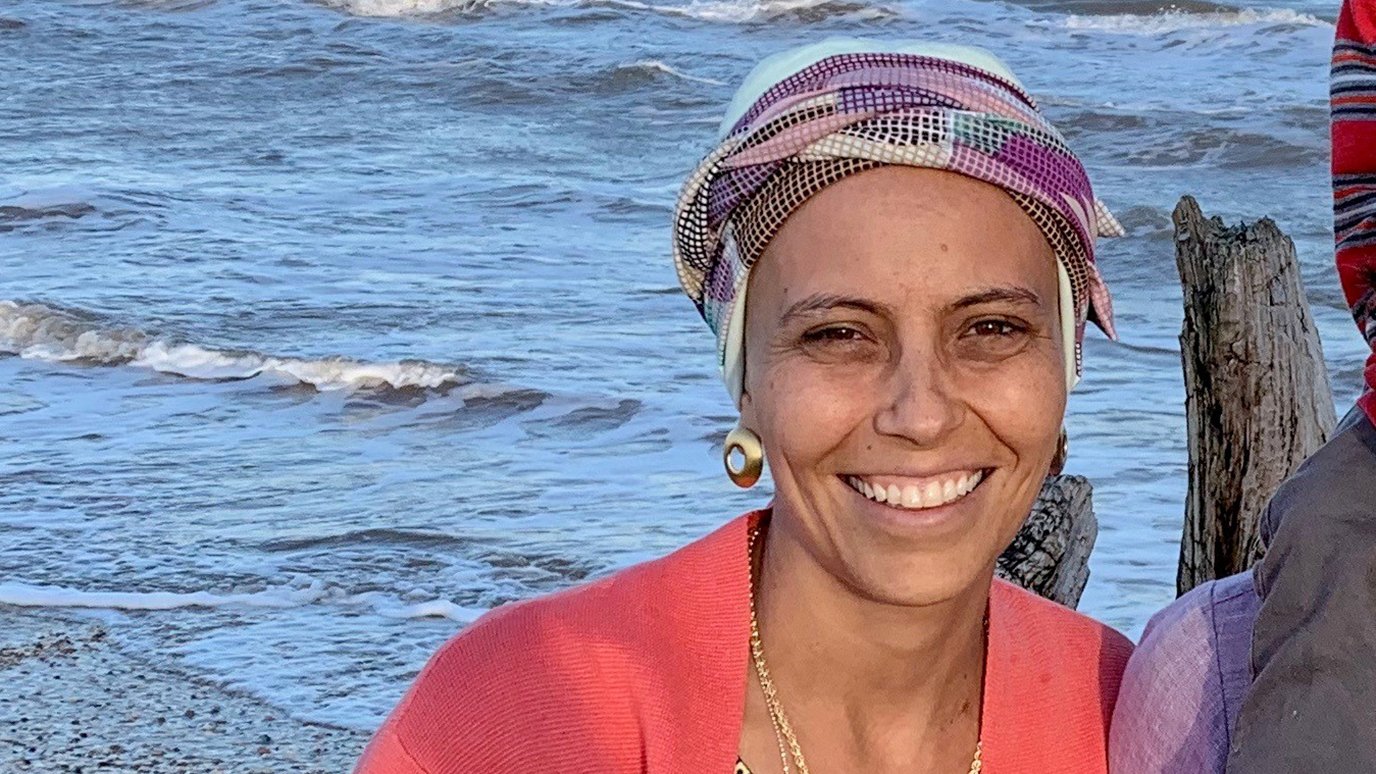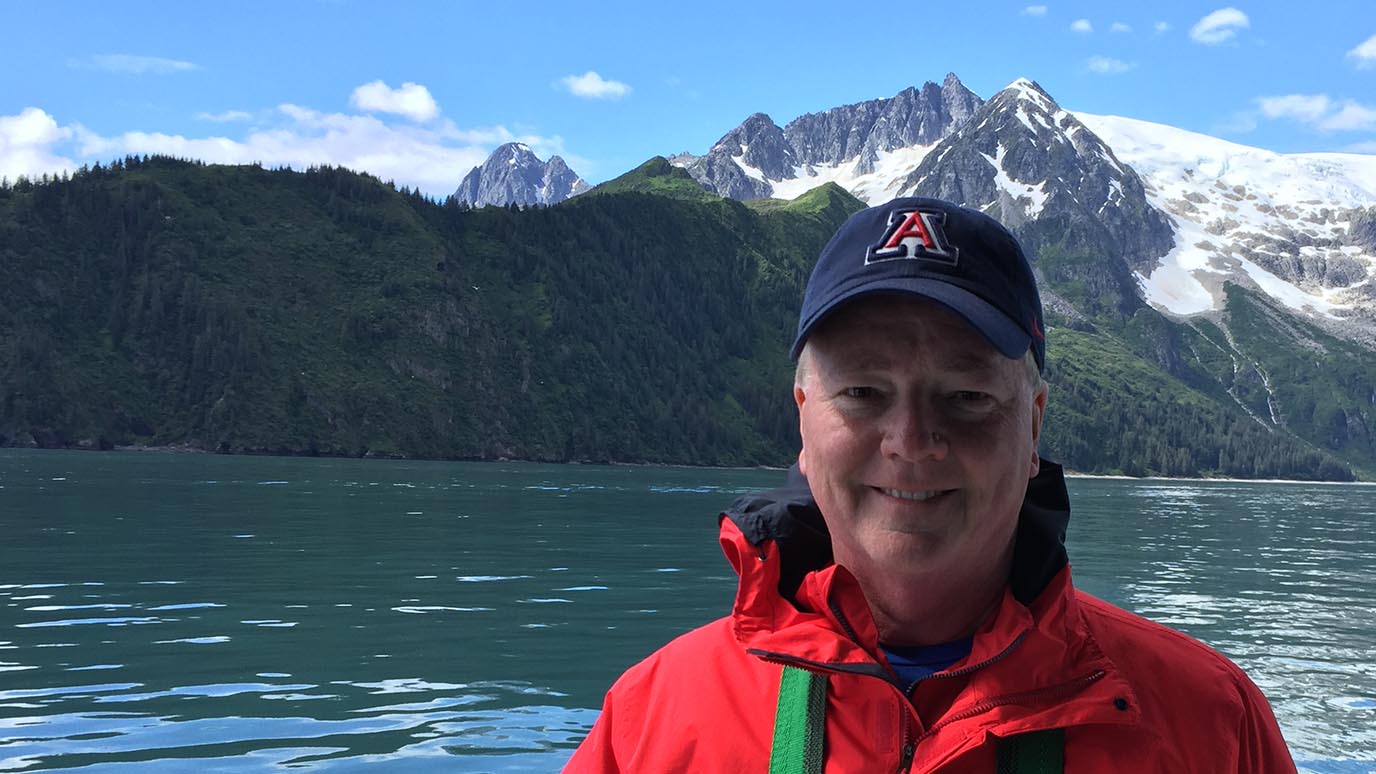- Diseases
- Acoustic Neuroma (16)
- Adrenal Gland Tumor (24)
- Anal Cancer (70)
- Anemia (2)
- Appendix Cancer (18)
- Bile Duct Cancer (26)
- Bladder Cancer (74)
- Brain Metastases (28)
- Brain Tumor (234)
- Breast Cancer (728)
- Breast Implant-Associated Anaplastic Large Cell Lymphoma (2)
- Cancer of Unknown Primary (4)
- Carcinoid Tumor (8)
- Cervical Cancer (164)
- Colon Cancer (168)
- Colorectal Cancer (118)
- Endocrine Tumor (4)
- Esophageal Cancer (44)
- Eye Cancer (36)
- Fallopian Tube Cancer (8)
- Germ Cell Tumor (4)
- Gestational Trophoblastic Disease (2)
- Head and Neck Cancer (14)
- Kidney Cancer (130)
- Leukemia (342)
- Liver Cancer (50)
- Lung Cancer (286)
- Lymphoma (278)
- Mesothelioma (14)
- Metastasis (30)
- Multiple Myeloma (100)
- Myelodysplastic Syndrome (60)
- Myeloproliferative Neoplasm (6)
- Neuroendocrine Tumors (16)
- Oral Cancer (102)
- Ovarian Cancer (178)
- Pancreatic Cancer (162)
- Parathyroid Disease (2)
- Penile Cancer (14)
- Pituitary Tumor (6)
- Prostate Cancer (150)
- Rectal Cancer (58)
- Renal Medullary Carcinoma (6)
- Salivary Gland Cancer (14)
- Sarcoma (238)
- Skin Cancer (302)
- Skull Base Tumors (56)
- Spinal Tumor (12)
- Stomach Cancer (66)
- Testicular Cancer (28)
- Throat Cancer (92)
- Thymoma (6)
- Thyroid Cancer (100)
- Tonsil Cancer (30)
- Uterine Cancer (86)
- Vaginal Cancer (18)
- Vulvar Cancer (22)
- Cancer Topic
- Adolescent and Young Adult Cancer Issues (22)
- Advance Care Planning (12)
- Biostatistics (2)
- Blood Donation (18)
- Bone Health (8)
- COVID-19 (360)
- Cancer Recurrence (120)
- Childhood Cancer Issues (120)
- Clinical Trials (628)
- Complementary Integrative Medicine (22)
- Cytogenetics (2)
- DNA Methylation (4)
- Diagnosis (240)
- Epigenetics (6)
- Fertility (62)
- Follow-up Guidelines (2)
- Health Disparities (14)
- Hereditary Cancer Syndromes (128)
- Immunology (18)
- Li-Fraumeni Syndrome (8)
- Mental Health (122)
- Molecular Diagnostics (8)
- Pain Management (62)
- Palliative Care (8)
- Pathology (10)
- Physical Therapy (18)
- Pregnancy (18)
- Prevention (940)
- Research (390)
- Second Opinion (78)
- Sexuality (16)
- Side Effects (616)
- Sleep Disorders (10)
- Stem Cell Transplantation Cellular Therapy (216)
- Support (408)
- Survivorship (330)
- Symptoms (182)
- Treatment (1794)
Throat and salivary gland cancer survivor: Why I finally got a feeding tube
3 minute read | Published March 12, 2018
Medically Reviewed | Last reviewed by an MD Anderson Cancer Center medical professional on March 12, 2018
I resisted getting a feeding tube for as long as I could. I knew I’d have to use one eventually, but I didn’t feel ready for a long time. I was afraid it would make me a lesser person or less attractive, and I worried that it would completely change my lifestyle.
Now that I have one, I must admit: my lifestyle has changed. But I’ve gotten used to nourishing myself this way, and I’ve adjusted to eating seven times a day, instead of two or three.
Today, I use my feeding tube as an education tool. I don’t draw unnecessary attention to myself, but I’ve started eating out in public more. I’ll sit near the back of a room and have a tray on my lap under the table. Sometimes, my 4-year-old grandson helps depress the syringe. And if someone asks me questions, I explain what I’m doing and why. I think it's a great learning opportunity. Because I do still eat, I just eat differently.
A salivary gland cancer diagnosis finally forced my hand
I started having real problems eating and swallowing in 2000, about 15 years after I received chemotherapy and radiation for stage III nasopharyngeal carcinoma (a rare type of throat cancer). I’d often choke, and had to figure out ways to cough up pills or food that got stuck in my throat.
I had a feeding tube installed in February 2016 to supplement my diet. But I wasn’t using it regularly, and I kept on losing weight. Eventually, I was diagnosed with cancer-induced cachexia, or wasting disease. My body simply wasn’t getting enough nutrients.
In April, I started aspirating (or getting in my lungs by accident) some of what I ate and drank, too. I developed pneumonia as a result, and fought that infection for five months. I knew I had to start using my feeding tube exclusively or I was going to die. But it took being diagnosed with stage II salivary gland cancer in September 2016 to finally force my hand.
The decision to embrace my feeding tube
By this point, all of my meals were already being pureed in a blender. I’d been drinking them for months. But I started using my feeding tube exclusively on Sept. 20, 2016. Here’s why.
It was my 49th birthday, and I’d just been to see Randal Weber, M.D., at MD Anderson. I thought I was just having my annual checkup. But Dr. Weber discovered a new tumor in my salivary gland on the left side of my jaw. He recommended surgery to remove it, which meant I’d be receiving all of my meals through a tube anyway. So, I went ahead and made the decision. I haven’t had any food or drinks by mouth in 14 months. I most likely never will again.
My biggest challenge today
Since then, my biggest challenge has been finding a liquid food that my body can tolerate. I was mainly a vegetarian before I was diagnosed with cancer the second time, but most meal replacements involve some type of meat protein. I’ve tried a few with salmon or chicken, but they just don’t agree with me. For the first four months of tube feeding, I had diarrhea after every meal. That stopped eventually, but I’m still excited to be trying a new product soon. It’s made from lots of organic vegetables.
I do still miss the taste of some foods, but this is my reality, so I’ve accepted it. I’m just happy to be alive, and I’ll do whatever it takes to survive. Now, I try to find pleasure in the scents of certain things, like bacon frying or Mexican food cooking. I still love going out to eat with friends and family. I just take my food with me and eat under the table.
Mostly, I don't want people to feel sorry for me. Because I'm eating just like you are. I just do it a little differently.
Request an appointment at MD Anderson online or by calling 1-877-632-6789.
Related Cancerwise Stories

I do still eat; I just eat differently.
Laura Compston
Survivor

